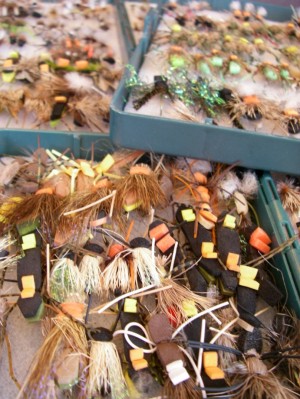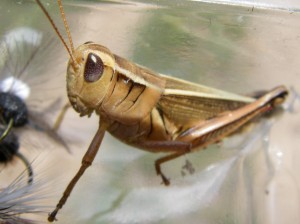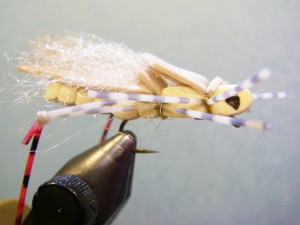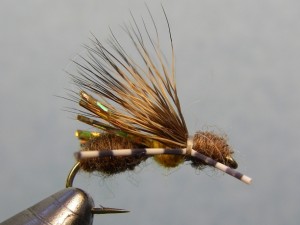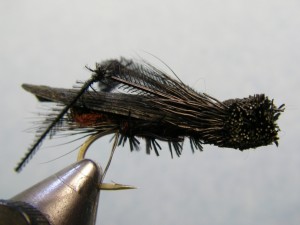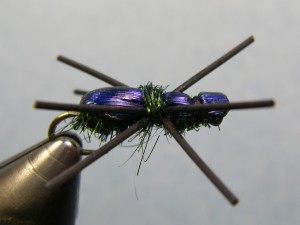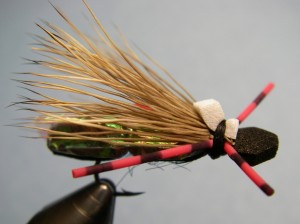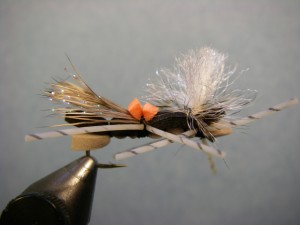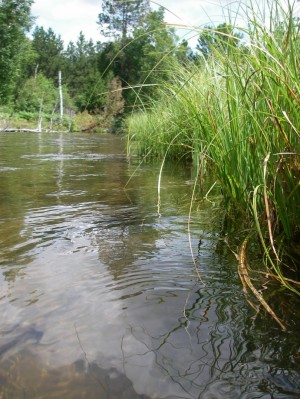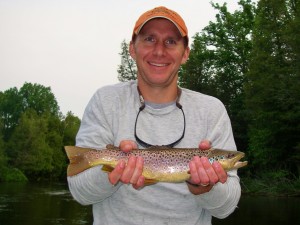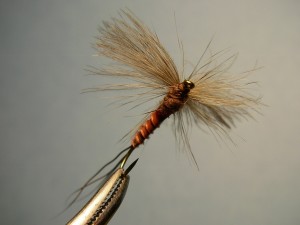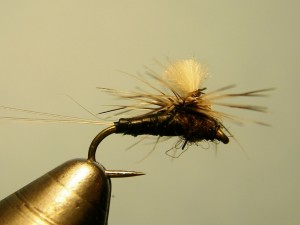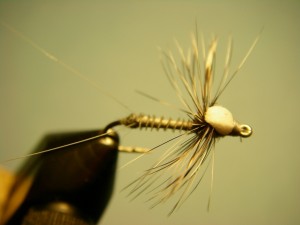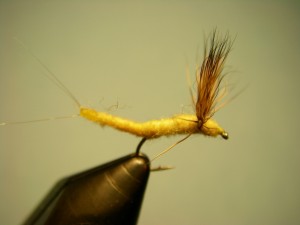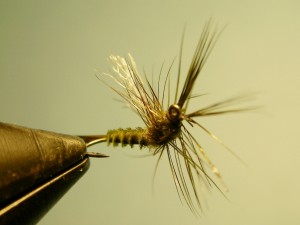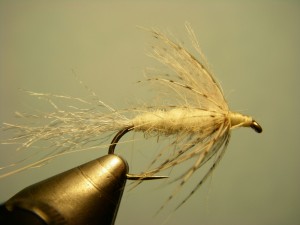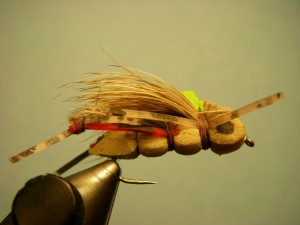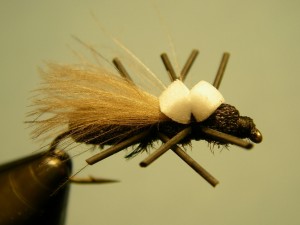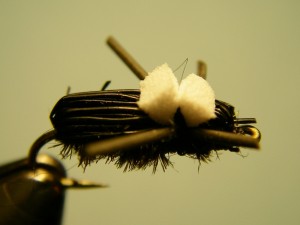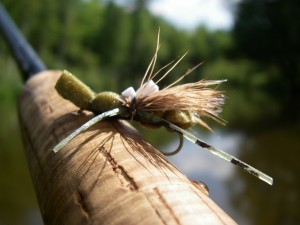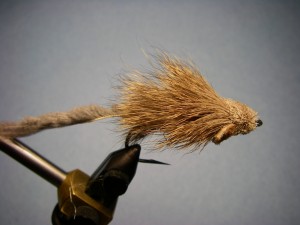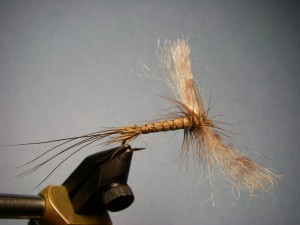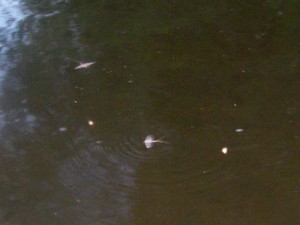With some cooler weather and intermittent rains, trout fishing conditions have improved and so has fishing. The upper-Manistee continues to fish well in the low-light of mornings with decent trico hatches. When no bugs are present, the foam and rubber leg terrestrial and attractor patterns like Chernobyl Ants and Grasshoppers have been catching fish. Beetles have been fishing better lately as have small flying ants. Dropper nymph rigs have been taking some fish in the deeper slots and holes. Focus on shade and structure. The Boardman has been running warm but early mornings on this local river are giving up some fish on the same flies listed above.
Largemouth bass and bluegill remain fun targets on local lakes for those looking to fish at all times of the day. More frogs, it seems, are around and the bigger bass are taking note. Lily pads, weed beds and other heavy cover/structure are great places to target with frog patterns and other poppers, sliders and divers. Bluegill are pretty much throughout the lakes with the bigger fish found deep where nymphs and small streamers like damsels and leeches are working when sunk on a long leader and slowly striped back.
Smallmouth bass fishing on the lower Manistee remains an option for those willing to cast streamers on sink-tips. Baitfish patterns have been working best and look for the crayfish bite to increase. In low-light and shadows, try poppers for surface action, but look for the sub-surface presentation to be most effective. A few salmon have slipped into the river so should your baitfish streamer get slammed – hold on tight to that 6 or 7 weight rod.
Good luck,
Ted
Trout: Terrestrials & Trico hatches in August – start your mornings off on a cool, quiet trout stream.
Salmon: The end of August begins our salmon season extending through September. Limited dates available.
Steelhead: The end of September means it’s time to focus on fall steelhead – extending though November
Booking for all 2012 Seasons and through June 2013 – reserve your place in the boat

